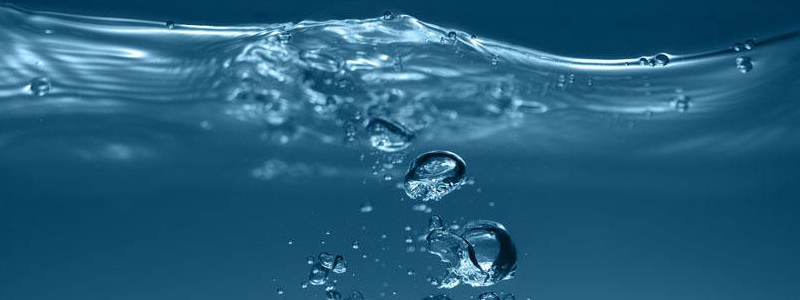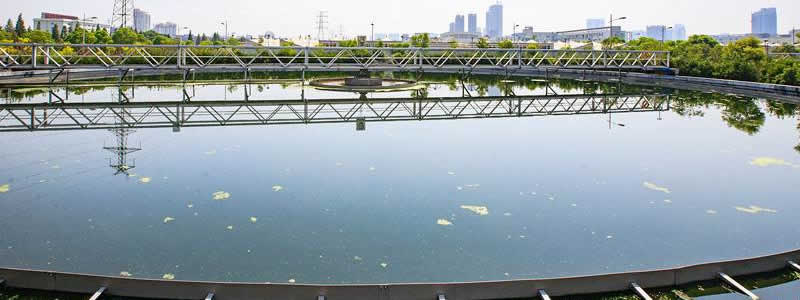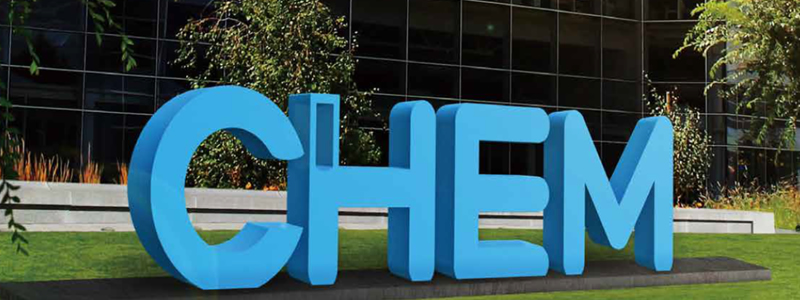
Papermaking Wet-End Chemistry - PAC
POLYALUMINUM CHLORIDE (PAC) Papermaking Wet-End Chemistry
Composition: The term "poly-aluminum chloride" or "PAC" refers to a class of soluble aluminum products in which aluminum chloride has been partly reacted with base. The relative amount of OH-, compared to the amount of Al, determines the basicity of a particular PAC product. The chemistry of PAC is often expressed in the form Aln(OH)mCl(3n-m).Basicity can be defined by the term m/(3n) in that equation. Because PAC is more expensive to produce than papermakers alum (aluminum sulfate) it is important to note the most important differences between these two products. Solutions of PAC are not as acidic as alum; consequently they do not tend to decrease the pH of the furnish nearly as much as an equivalent amount of alum. Another difference is that PAC is formulated so that it already contains some of the highly cationic oligomers of aluminum - materials that are especially effective for the modification of colloidal charges in a papermaking furnish. A particularly stable and important ionic species in PAC and related soluble aluminum chemicals has the formula Al12(OH)24AlO4(H2O)12 7+.
Function: To boost drainage rates especially in neutral and alkaline papermaking, to help with certain retention aid strategies, and for neutral sizing with certain rosin-based emulsion products. PAC products of low (0 to 17%) and medium (17 to 50%) are commonly used in papermaking applications, whereas PAC products of higher basicity are useful for water and wastewater treatment.
Strategies for Use: Because PAC is less acidic than alum there is less danger of shocking the system with a pH change at the point of addition. That means that papermakers have a certain degree of flexibility regarding the point of addition. An example worth considering is the case of virgin unbleached linerboard, when it is made under acidic papermaking conditions. The pulp often contains a significant level of barium compounds. Addition of alum depresses the pH, converting Ba(OH)2 to soluble divalent barium. The barium ions build up in the system until the solution is supersaturated with respect to barium sulfate. Insoluble, hard, barium sulfate scale then precipitates from solution onto solid surfaces exposed to high levels of shear. Substitution of PAC for alum in such cases can reduce the problem considerably by decreasing the amount of pH drop and avoiding an additional contribution of sulfate ions. One has always to be careful of the dosage of PAC, since an overdose is expected to convert the net colloidal charge of the system to a positive sign. In the presence of calcium carbonate filler, the use of PAC in place of alum is likely to reduce the amount of dissolution of the calcium carbonates.
Cautions: Some papermakers express concern that the chloride content of the product may accelerate corrosion of stainless steel, especially in cases where such corrosion occurs beneath deposits.
For more information or Inquiry about our PROFESSIONAL PAC product, please contact us: TIAN@CHEM.NET
 Previous
Previous  Next
Next Get answers and advice from people you want it from.